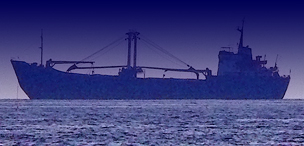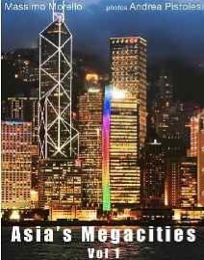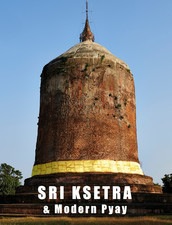Monsoons, migrations, horrors and values
28/05/15 13:26 Filed in: South-East Asia
It is monsoon season in Southeast Asia, but the flow of migrants continues across the Bay of Bengal from the coast of Bangladesh towards Malaysia and Indonesia.
Monsoons and migrations happen on a repeated cycle, like natural phenomena. And as such they are interconnected and variable. This year, the monsoon in the south east seems milder than normal. So the number of boats packed with migrants is on the up: these are the last few days before conditions worsen. Then it won't be possible to set sail and the sea and the rains will flood the “land of tides”, creating yet another environmental disaster that will further add to the numbers seeking to escape.
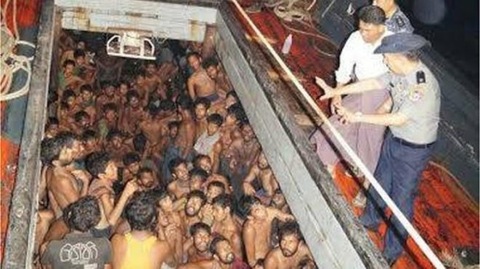
The majority are Rohingya. There are about one million of them, all Muslims, settled in northern Rakhine, a Burmese state on the Bay of Bengal. They are the unwanted of Southeast Asia. They are also part of this natural cycle, in an inescapable fate of poverty, slavery, escape, capture, escape.
When this monsoon season ends, the dead will once again be counted and the horrors related. But, in the end, the story is always the same. I read today's reports (such as these two articles by Il Foglio and Wall Street Journal, which feature singular coincidences). I reread old articles, including my 2009 report on the Rohingya refugee camps in Bangladesh (here, in Italian). Not much has changed. Some things have got worse: from news of mass graves discovered in the forest between Thailand and Burma, to the new persecutions in Burma.
Many have compared this to the tragic situation of migrants in the Mediterranean. Some say it is just another form of globalisation. In fact, it is a sign of how divided the world is. Aside from all cultural conformism and despite many ambiguities, the West is demonstrating that its “universal values” are still the strongest.
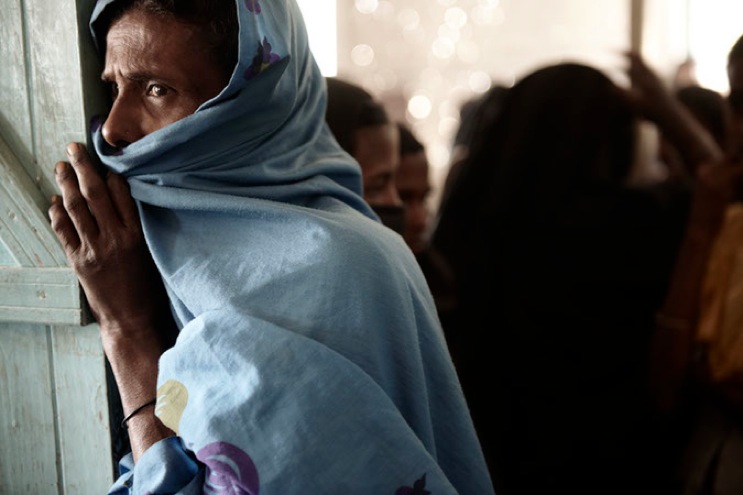
Photo by Andrea Pistolesi, from: Rohingya refugees in Bangladesh
Monsoons and migrations happen on a repeated cycle, like natural phenomena. And as such they are interconnected and variable. This year, the monsoon in the south east seems milder than normal. So the number of boats packed with migrants is on the up: these are the last few days before conditions worsen. Then it won't be possible to set sail and the sea and the rains will flood the “land of tides”, creating yet another environmental disaster that will further add to the numbers seeking to escape.

The majority are Rohingya. There are about one million of them, all Muslims, settled in northern Rakhine, a Burmese state on the Bay of Bengal. They are the unwanted of Southeast Asia. They are also part of this natural cycle, in an inescapable fate of poverty, slavery, escape, capture, escape.
When this monsoon season ends, the dead will once again be counted and the horrors related. But, in the end, the story is always the same. I read today's reports (such as these two articles by Il Foglio and Wall Street Journal, which feature singular coincidences). I reread old articles, including my 2009 report on the Rohingya refugee camps in Bangladesh (here, in Italian). Not much has changed. Some things have got worse: from news of mass graves discovered in the forest between Thailand and Burma, to the new persecutions in Burma.
Many have compared this to the tragic situation of migrants in the Mediterranean. Some say it is just another form of globalisation. In fact, it is a sign of how divided the world is. Aside from all cultural conformism and despite many ambiguities, the West is demonstrating that its “universal values” are still the strongest.

Photo by Andrea Pistolesi, from: Rohingya refugees in Bangladesh
0 Comments


